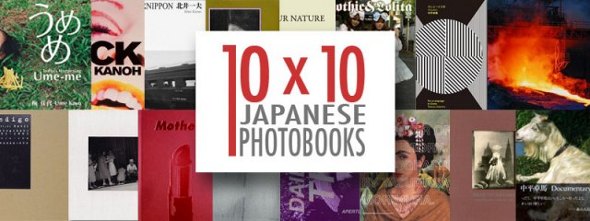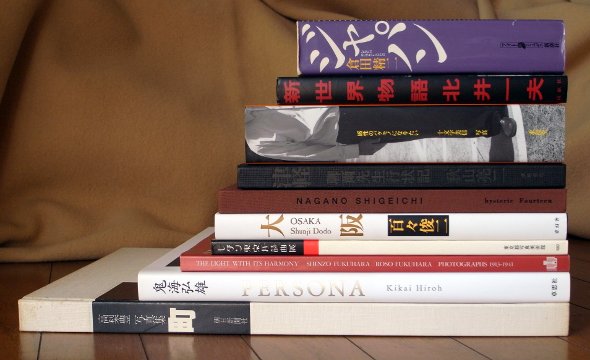peaks from the 1920s–1940s, at JCII Photo Salon
Posted: 09/12/2011 Filed under: Shows | Tags: Fukuhara Rosō, Fukuhara Shinzō, Japan, JCII, Nakayama Iwata, photo exhibitions, Yasui Nakaji Leave a comment Until 25 December, JCII Photo Salon has a stunning exhibition of work by four photographers: Nakayama Iwata (中山岩太, 1895–1949), Yasui Nakaji (安井仲治, 1903–42), and the brothers Fukuhara Shinzō (福原信三, 1883–1948) and Fukuhara Rosō (福原路草, 1892–1946).
Until 25 December, JCII Photo Salon has a stunning exhibition of work by four photographers: Nakayama Iwata (中山岩太, 1895–1949), Yasui Nakaji (安井仲治, 1903–42), and the brothers Fukuhara Shinzō (福原信三, 1883–1948) and Fukuhara Rosō (福原路草, 1892–1946).
For those poor souls who think that it wasn’t until Provoke that Japanese photography emerged from its Dark Age, the names won’t mean much. (Tip: There was no Dark Age. See The History of Japanese Photography.) But those who know better will recognize all four names and also plenty of their work. At first glance Fukuhara Shinzō’s earliest work may now seem little more than decorative, but in its day it was a refreshing change from the overtly painterly styles (with bromoil, etc) that prevailed. And he moved on from there, while his brother Rosō went still further. (Shinzō also found time to run Shiseidō, and indeed to do so very well.) Nakayama and Yasui each attempted a far wider range, and both succeeded: photograms, portraits, surrealistic montages, and (for Yasui) reportage too. And it’s all fine, in its way.
In the 1970s, the Pentax Spotmatic (with a little gold quality-assurance sticker from JCII) was selling well, and its maker Asahi Optical was able to buy fine prints (as well as cameras of historical value) for its Pentax Gallery. When this closed in 2009, JCII acquired much (or all?) of its content. And at the core of this exhibition are works that were previously at the Pentax Gallery, which was clearly run by people who knew what they were after and had the funding to get it.
But that’s not all. As well as vintage prints from Pentax, the exhibition also has more recent ones. And under glass cases near some of the prints are magazines of the time (not only camera/photography magazines, but also general magazines), showing how the photographs first appeared to the public — often very differently from the current prints.
The exhibition occupies both of JCII’s exhibition spaces, so in terms of quantity it’s comparable with a small exhibition in a museum. The explanations are in Japanese only, which is a pity — but at least the photographers’ names are also given in roman lettering. And unlike many bigger shows, there’s no filler. Entrance is free, and if you go during a weekday you may have a whole room to yourself. Highly recommended.
JCII Photo Salon is a very short walk from exit 4 of Hanzōmon station (Hanzōmon line), in very central Tokyo. (Here’s a map.) It’s normally open 10:00 to 17:00, Tuesday to Sunday; if a national holiday falls on a Monday, it’s open on this Monday but closed the following day.
Here’s the exhibition notice (in Japanese).
(The articles in [English-language] Wikipedia on Yasui Nakaji, Fukuhara Shinzō and Fukuhara Rosō are all terrible but each has some material that could be useful.)

